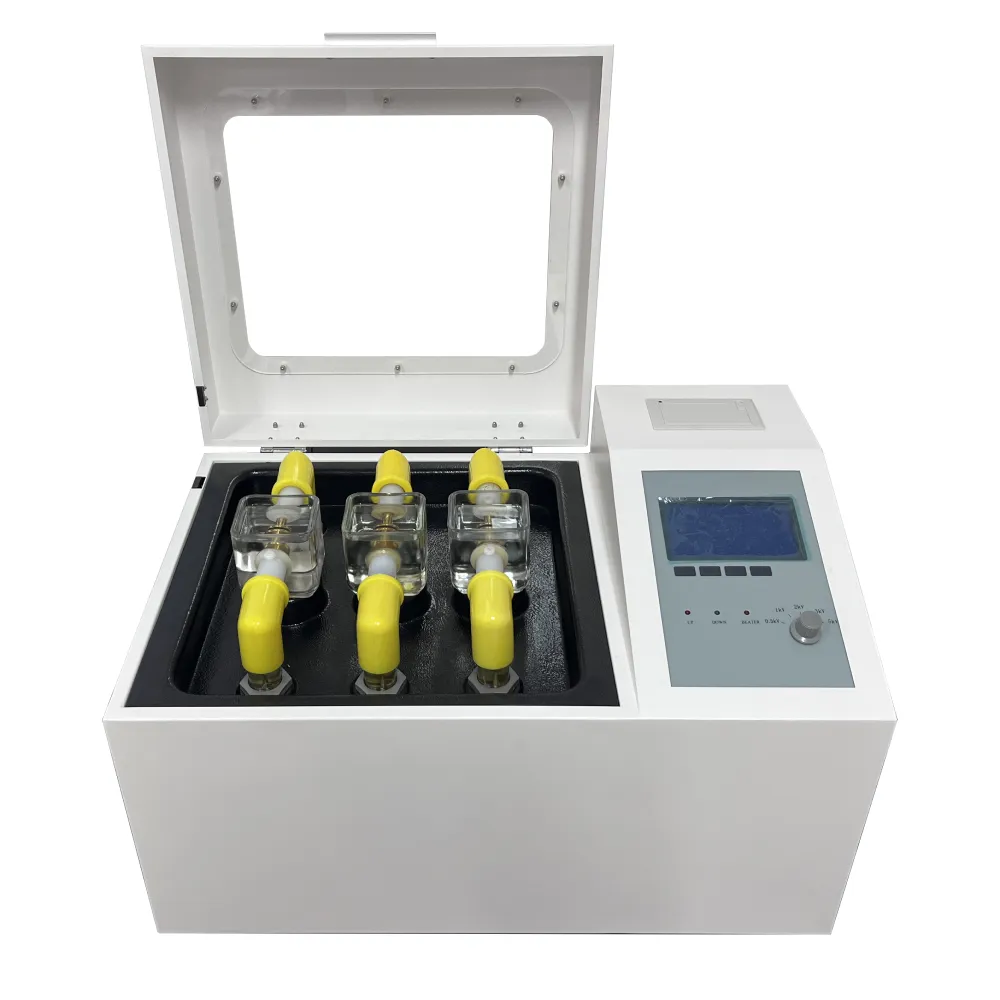 English
English


dc winding resistance
Understanding DC Winding Resistance A Key Factor in Electrical Engineering
In the realm of electrical engineering, the concept of winding resistance, particularly in DC (Direct Current) motors and generators, plays a crucial role in the efficiency and performance of electrical machines. Winding resistance refers to the opposition to the flow of electric current within the coils of wire that wind around the core of an electric machine. Understanding this concept is essential for anyone involved in the design, maintenance, or troubleshooting of DC machines.
What is Winding Resistance?
Winding resistance is defined as the resistance encountered by electrical current flowing through the coils of the winding. It is a critical parameter that affects the performance of DC machines in various ways, including power loss, temperature rise, and overall efficiency. When DC current flows through the winding, some energy is inevitably lost as heat due to this resistance, which is governed by the material properties of the winding wire, its length, and its cross-sectional area.
Winding resistance is typically measured in ohms (Ω) and can be calculated using Ohm's Law, where resistance (R) is equal to the voltage (V) divided by the current (I). Various factors such as temperature variations, wire material (commonly copper or aluminum), and physical dimensions of the wire directly influence winding resistance.
Importance of Measuring Winding Resistance
The measurement of winding resistance is a vital diagnostic tool that helps engineers assess the condition of an electric machine. High winding resistance can indicate potential problems such as insulation failure, corroded connections, or physically damaged windings. Regular testing allows for early detection of these issues, helping to prevent potential machine failures that could lead to costly repairs or downtime.
Moreover, manufacturers often specify permissible resistance limits for their equipment. Deviations from these specifications can signal a need for maintenance or further investigation. Tests for winding resistance are commonly performed using a digital multimeter or a dedicated winding resistance tester specifically designed for this purpose.
dc winding resistance

Factors Affecting Winding Resistance
1. Material Properties The type of material used for windings significantly affects resistance. Copper is preferred for its excellent conductivity, but aluminum, being lighter and generally less expensive, is also used in various applications despite its higher resistance.
2. Temperature Resistance changes with temperature. In general, the resistance of a conductor increases as the temperature rises. This effect is quantified by the temperature coefficient of resistance, which indicates how much the resistance will change with a change in temperature.
3. Dimensional Characteristics The length and cross-sectional area of the winding wire define its resistance. A longer wire will have higher resistance, while a thicker wire will have lower resistance. These considerations are crucial during the design phase to ensure optimal performance.
4. Manufacturing Quality The quality of the winding process, including how tightly the wire is wound and how well it is insulated, can also influence the winding resistance. Poor manufacturing practices may lead to inconsistencies in resistance across the windings.
Conclusion
In summary, understanding DC winding resistance is essential for the effective operation of DC motors and generators. It not only affects the electrical efficiency of machines but also serves as an indicator of their overall health. Regular measurement and monitoring of winding resistance can help in predictive maintenance, ensuring the reliability and longevity of electrical equipment.
As technology advances, the methods of measuring and analyzing winding resistance continue to evolve, integrating more sophisticated diagnostics and predictive analytics that enhance the maintenance strategies for electrical machines. Given its significant implications for performance, winding resistance remains a focal point for engineers working in the field of electromagnetism and electrical machine design. By grasping this critical aspect, engineers can contribute significantly to the optimization of machine performance and energy efficiency in various applications.
-
Differences between open cup flash point tester and closed cup flash point testerNewsOct.31,2024
-
The Reliable Load Tap ChangerNewsOct.23,2024
-
The Essential Guide to Hipot TestersNewsOct.23,2024
-
The Digital Insulation TesterNewsOct.23,2024
-
The Best Earth Loop Impedance Tester for SaleNewsOct.23,2024
-
Tan Delta Tester--The Essential Tool for Electrical Insulation TestingNewsOct.23,2024





